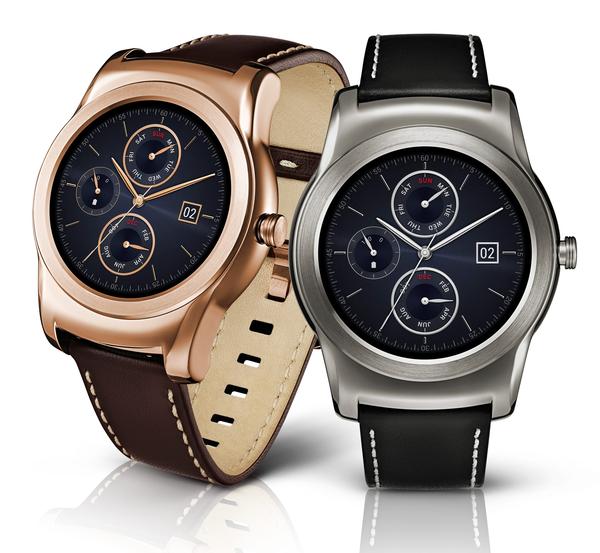Creating a wearable that will shine above the rest requires you to know the potential pitfalls. With the recent Mobile World Congress event, we’re seeing the next generation of products – but are they engaging enough to become a mainstay in our carry-around smart suite of tech? Andrew Dunbar, chief operating officer at product design studio, Brilliant Basics, shares his key principles that can help you tread the tightrope of wearable wrongs and conquer this growing market.
Human needs not business needs
Most brands fall into the trap of trying to solve a business problem, or showcasing a new technology. But the user doesn’t care about your business objectives. They care about a beautiful, useful and intuitive way that technology can simplify and enrich their day to day life.
Simplify behaviour patterns
It’s tempting to take existing constructs and cram them into a new format. The Runcible pocket smartwatch attempts to solve our connection-addiction by limiting functionality in an attractive smaller form-factor device. But it doesn’t really add anything, despite the beautiful design. You might love black and white films, but you’re unlikely to buy a black and white television. Anything you design also needs to be based on the natural behaviour associated with it. How many people remove their smartwatch to use it? Don’t try and change behaviour – build on it and enhance it.

The magpie effect: shiny distractions
As humans, we are naturally delighted by novelty and rush to be the first with the latest toy. But that novelty fades fast and fad products come and go. Your proud new device can become an object of derision once public opinion has seen through a veneer of form over carefully designed function. Equally, creating a “me too” product is a much harder proposition unless you have something genuinely valuable to add to the arena, like the Sony (Z4)’s image-stabilisation versus the unexciting Blackberry (Leap). Human behavioural analysis and exhaustive user testing in real world scenarios cannot be substituted. Time will tell whether Microsoft’s folding keyboard is based on a real need or is just a new gimmick.

Combine and expand
The best, most successful wearables combine native functionality in a frictionless way, like The Dash headphones, building wider connections through cloud-based services. One less obvious example is the Ford MoDe bike. Enhancing your wearable via platforms designed for natural but deeper interaction ensures maximum engagement and product longevity – regular software updates can help keep it current.
Solve a problem that needs solving (don’t invent one)
Gesture control has already been successfully addressed through Microsoft Kinect. Now we’re seeing LeapMotion and the Myo armband competing to advance this technology, but it feels more like a step back. The Myo device particularly – like the Google Glass before it – requires putting on a device that, prior to this. the user didn’t need. It feels unnatural because it puts the technology before the human.
With the availability of app development, decreasing cost of entry through rapid prototyping and falling production costs, the entrepreneur finds themselves in an ever more crowded space. As fast as you dream an idea, a hundred other people are thinking similar thoughts. Speed is key, but not at the expense of insight and solid foundations. No wearable so far has enjoyed a long lifespan – our best example yet is the fitness band, but perhaps the best known and most successful – Nike FuelBand – has already been discontinued in favour of something new.
Remember, this is a fledgling industry and while the opportunities are huge, the market changes with the wind and we all know how fast that direction can switch.


